Su mensaje ha sido enviado.
Procesaremos su solicitud y nos pondremos en contacto con usted lo antes posible.
El formulario se ha enviado correctamente.
Encontrará más información en su buzón.
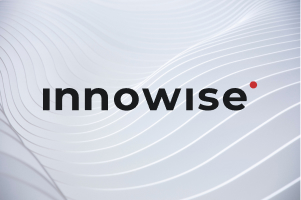
Seleccionar idioma
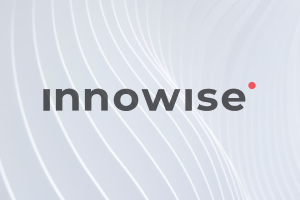

Los datos sanitarios se presentan en muchas formas: clínicos, administrativos, generados por el paciente y financieros. Con el auge de HCEdispositivos conectados, y Herramientas de IALos datos sanitarios se han disparado en volumen y variedad. Pero, por desgracia, más datos no significan automáticamente mejor atención. De hecho, 47% de datos sanitarios siguen infrautilizados en la toma de decisiones. Es como pagar una comida de tres platos y comer sólo el principal, mientras el resto se desperdicia.
Y el impacto no es sólo teórico. 77% de los profesionales sanitarios dicen que pierden tiempo clínico debido a datos incompletos o inaccesibles de los pacientes. Para 1 de cada 3, esto supone más de un millón de euros. 45 minutos por turnoaproximadamente 23 días completos al año información que debería haber estado ahí desde el principio. Mi equipo de Innowise pasa mucho tiempo solucionando problemas exactamente como éste. Para hacerlo bien, es necesario entender qué tipo de datos manejan las organizaciones sanitarias, y en este artículo te guiaré a través de ellos.
Los datos sanitarios son todo lo que se registra, intercambia o analiza al prestar asistencia. Esto incluye datos clínicos como resultados de laboratorio e imágenes, datos administrativos como la dotación de personal del hospital y el uso de recursos, datos financieros como registros de facturación y reclamaciones de seguros, y datos generados por el paciente a partir de wearables y aplicaciones de salud.
Si se utilizan adecuadamente, estos datos pueden mejorar la asistencia de forma real y duradera. Los médicos pueden detectar signos precoces de deterioro, evitar la duplicación de pruebas y ajustar los tratamientos en función de los resultados reales. A mayor escala, los datos sanitarios sirven de apoyo a la investigación clínica, la toma de decisiones políticas, la previsión de temporadas de gripe y la modelización del riesgo poblacional en enfermedades crónicas.
Al mismo tiempo, es importante destacar que los datos sanitarios deben estar seguros, protegidos y cumplir la HIPAA. Los proveedores y las organizaciones confían en socios de confianza para cumplir estas normas. Por ejemplo, Atlantic.Net ofrece HIPAA Compliant Hosting para ayudar a garantizar el cumplimiento normativo en el entorno de alojamiento en la nube y de servidores dedicados.
Desglosemos los diferentes tipos de datos sanitarios con los que trabajamos y ver cómo se utilizan en entornos clínicos reales.
Las organizaciones sanitarias manejan numerosos tipos de datos, cada uno de ellos con una finalidad distinta, ya sea la atención directa al paciente, las operaciones hospitalarias o los flujos de trabajo administrativos. Analicemos los cuatro tipos principales tipos de datos sanitarios.
Como columna vertebral de la atención al paciente, los datos clínicos incluyen todo lo que se capta durante la evaluación, el diagnóstico, el tratamiento y el seguimiento del paciente. Este tipo de datos sanitarios es el más directamente vinculado a los resultados del paciente: informa a los profesionales sanitarios de lo que le ocurre al paciente, lo que se ha hecho y cómo ha respondido a la atención.
Los datos administrativos detallan cómo funciona entre bastidores la organización sanitaria. No influyen directamente en los diagnósticos o tratamientos, pero desempeñan un papel fundamental en la eficiencia de la asistencia. Indican tanto a la dirección como a los ejecutivos cómo se utilizan los recursos, cómo se trata a los pacientes y dónde se producen los cuellos de botella. Los hospitales se basan en los datos administrativos para tomar decisiones estratégicas, como la compra de nuevos equipos o la construcción de una nueva ala.
Este tipo de datos sanitarios ayuda a los profesionales de la salud a rellenar los huecos entre las visitas clínicas. Proceden directamente del paciente, a menudo a través de dispositivos portátiles, aplicaciones móviles o encuestas en línea. Los datos generados por el paciente reflejan opciones de estilo de vida, comportamientos y parámetros de salud del mundo real. Cuando se utilizan eficazmente, ofrecen a los profesionales una imagen más clara de lo que ocurre en la vida cotidiana de sus pacientes, más allá de las breves citas médicas.
Estos datos ayudan a los proveedores sanitarios a controlar el presupuesto y la salud financiera de la organización. Recogen toda la información relacionada con los costes, desde los reembolsos de las aseguradoras hasta los ingresos del hospital y los gastos de funcionamiento. Estos datos son esenciales para elaborar presupuestos, hacer previsiones y optimizar la asignación de recursos. Y lo que me parece más importante, también ayuda a alinear el rendimiento financiero con los objetivos de calidad asistencial en el marco de los modelos de atención basados en el valor.
Pero, ¿cómo tipos de datos clínicos ¿funcionan realmente en la práctica y refuerzan la toma de decisiones médicas? Profundicemos en ejemplos de datos clínicos y echa un vistazo a los casos de uso real que permite.
"Se pueden tener todos los datos clínicos del mundo, pero si están dispersos por los sistemas y almacenados en formatos incompatibles, son prácticamente inútiles. Las organizaciones sanitarias necesitan formatos coherentes, protocolos compartidos y transferencias limpias entre sistemas. Normas de interoperabilidad como HL7, FHIR y DICOM son los que convierten los registros dispersos en información procesable. Sin ellos, solo hay más caos."

Gestor de cartera de tecnologías sanitarias y médicas
Cuando se unen los puntos de los datos clínicos en una imagen clara, se convierten en la base de todo, desde los tratamientos personalizados hasta las perspectivas a nivel de población. Estas son algunas de las formas más poderosas en que los datos clínicos están impulsando una mejor atención y sistemas más inteligentes hoy en día:
Los datos sanitarios son una de las herramientas más poderosas de las que disponen los médicos, pero sólo si los utilizan. Comprender los distintos tipos de datos de la sanidad, ya sean clínicos, administrativos o financieros, es lo que ayuda a los médicos a prestar una mejor atención, a los investigadores a impulsar los avances médicos y a los sistemas sanitarios a funcionar de forma más eficiente. Cuando los datos son precisos y están conectados, se convierten en la base de decisiones más inteligentes en todos los niveles asistenciales.
Si está estudiando cómo poner en práctica sus datos sanitarios o tiene problemas con aplicaciones fragmentadas que no intercambian información, Innowise puede ayudarle. Hemos creado aplicaciones soluciones informáticas sanitarias para empresas de EE.UU. y la UE, así que si está listo para dar el siguiente paso, hablemos.

Director Técnico Superior de Asistencia Sanitaria y Tecnología Médica
Aleh tiene una gran comprensión de lo que hace que el software sanitario y MedTech funcione de verdad. Dirige con claridad técnica y conocimiento del sector, asegurándose de que cada proyecto aporte valor a largo plazo, no solo código que funciona, sino sistemas que importan.


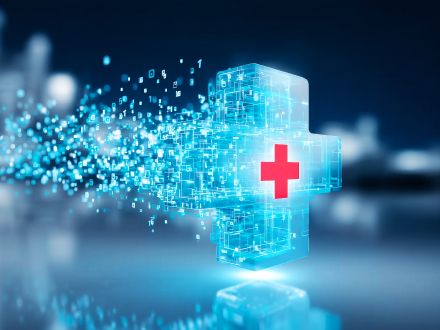




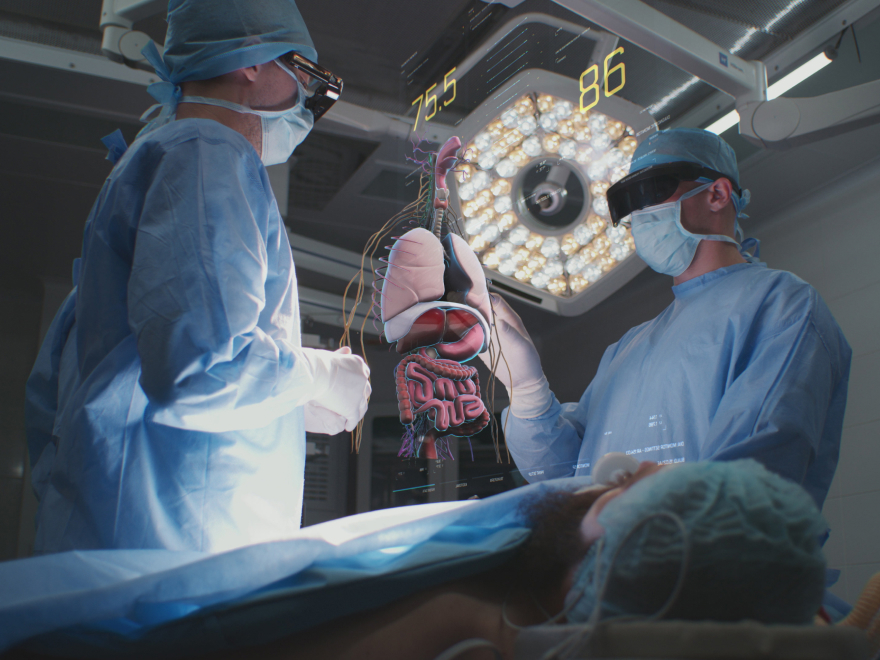
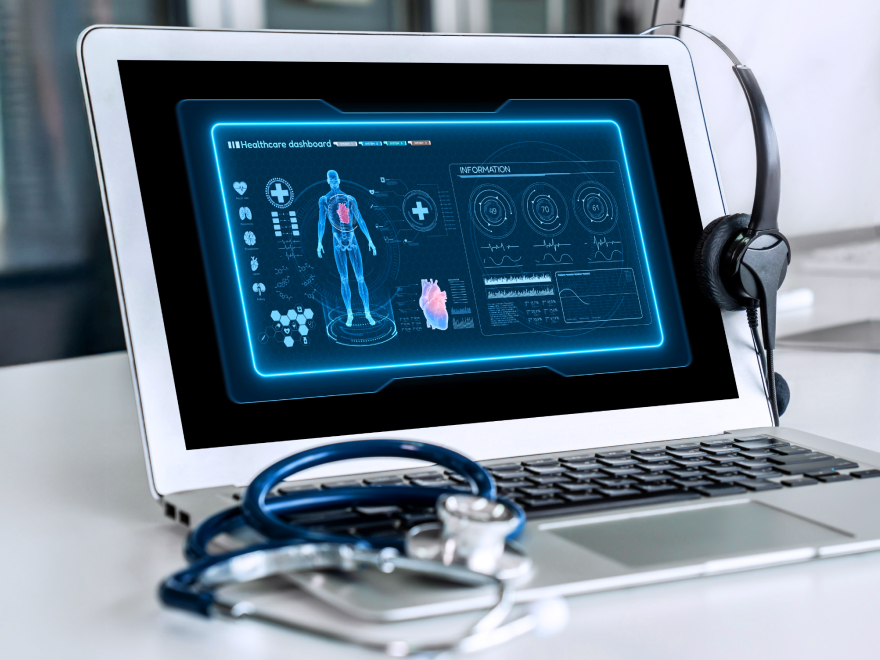



Su mensaje ha sido enviado.
Procesaremos su solicitud y nos pondremos en contacto con usted lo antes posible.

Al registrarse, acepta nuestra Política de privacidadincluyendo el uso de cookies y la transferencia de su información personal.